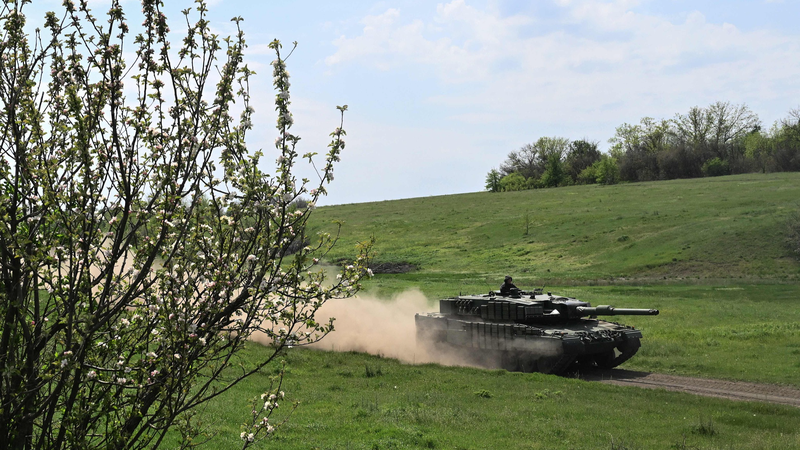After more than three years of war, Russia and Ukraine remain locked in a stalemate over how to resume direct talks. The catalyst: a core disagreement on whether to declare an unconditional ceasefire first or to negotiate straight away.
On May 15, President Vladimir Putin proposed face-to-face negotiations in Istanbul without preconditions. President Volodymyr Zelenskyy welcomed the idea but insisted on a 30-day ceasefire as a prerequisite. Moscow has yet to confirm who would attend.
Experts say this rift goes deeper than a scheduling conflict. "A ceasefire can't work as a one-sided promise—it needs mutual trust and formal engagement," explains Sun Zhuangzhi, director of the Institute of Russian, Eastern European and Central Asian Studies at the Chinese Academy of Social Sciences.
Here’s the breakdown of each side’s core demands:
- Russia: Probe the conflict’s root causes, demand an end to NATO military aid for Ukraine, and secure guarantees that Ukraine never joins NATO.
- Ukraine: Secure a binding ceasefire before talks, maintain territorial sovereignty, and pursue supportive alliances—including NATO membership aspirations.
Without a trusted framework, even setting an agenda feels like climbing a mountain. During the March 2022 talks in Istanbul—just weeks after the conflict began—both sides drafted documents, but momentum quickly faded.
For now, the question remains: Can two leaders who haven’t met since December 2019 find common ground? With US-led mediation still searching for a breakthrough, all eyes are on May’s proposed meeting in Istanbul.
As both countries navigate these high-stakes demands, the world watches. Will they bridge the divide, or will core disagreements keep peace talks out of reach?
Reference(s):
Expert: Russia and Ukraine locked in deep rift over core demands
cgtn.com



